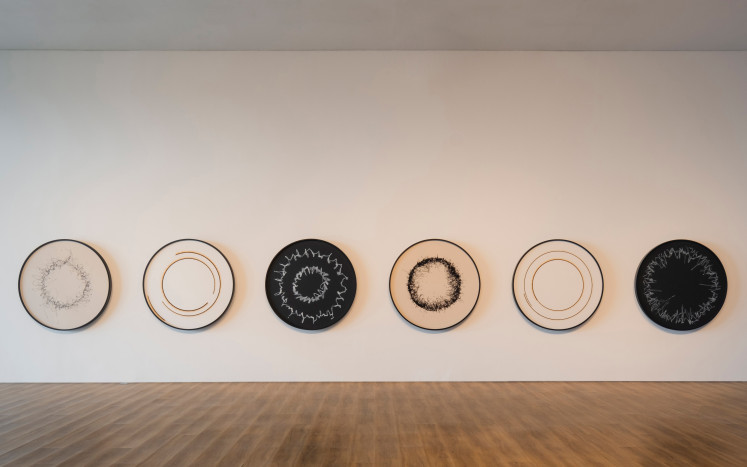Popular Reads
Top Results
Can't find what you're looking for?
View all search resultsPopular Reads
Top Results
Can't find what you're looking for?
View all search resultsThe influential fictional characters
Consistently narrow interpretations of women on-screen can be damaging.
Change text size
Gift Premium Articles
to Anyone
A
woman is thrown onto the road with a piercing shriek as she crashes her motorcycle. Unknown to her, a truck is speeding down the street. As the headlights flare and the music swells, she screams again, paralyzed by fear. Only the quick thinking of a man on a motorcycle, who swoops in to drag her out of the way, saves her from becoming roadkill.
This scene, from popular Indonesian soap opera Anak Jalanan (Street Racers), is just a sample of the way women are characterized in fictional media according to the University of Malaya’s senior lecturer in gender studies Alicia Izharuddin.
Though Indonesia has made significant strides in women’s rights, including the appointment of a female president well before many Western nations, Alicia pointed to a troubling theme underpinning how women are represented in Indonesian sinetron (soap operas).
“The portrayal of women in Indonesian television is often conservative and reduced to the understanding of femininity as bodies for consumption or censorship,” she said.
Read also: Portrayal of women in films, soap operas
Consistently narrow interpretations of women on-screen can be damaging. Speaking to young women about their relationship with sinetron characters, many spoke about how it affected the way they saw themselves.
“I think that has become what a lot of people think about me as a woman: that I need someone to save me,” Jennifer Chahyana, a 19-year-old university student, said.
Another university student, 20-year-old Della Samuel, said she was afraid people watching such soap operas would begin to think that women were really like that, which was really false.
Despite being put off by the excruciating stereotypes of weak women, several viewers say they could still see links between the characters and their friends and family.
“I see women like that around me in my life, especially among my school friends, since I went to a girls’ school,” Vira Vantoni, a 23-year-old fashion designer, said.
Novi Thomas, a 27-year-old student, said she had seen how younger women around her, especially those who were still in school, actually did the things they watched on TV.
Political communication observer Emrus Sihombing said the root of the problem rested with a lack of education and not sinetron themselves.
“If the media’s audience includes people with low or even no education, there is some possibility that the portrayal of women as weak may induce the mindset among that audience that women are indeed weak.”
Alicia took a different perspective, suggesting audiences wouldn’t need to be educated if the portrayal was more diverse to begin with. She believes the solutions lies in the hands of the audience.
“If demand truly influences supply in the media industry, audiences should be demanding much more and insist on being treated with respect.”
Perhaps the next time a sinetron shows a truck speeding toward a woman, she will leap out of the way on her own, long before her male counterpart even steps on screen.
***
Teagan Matthews visited Indonesia with support from the Australian Government’s New Colombo Plan mobility program. Mary Chelsea Salim, Zakary Nash and Jeong Hyunjae also contributed to this story.











